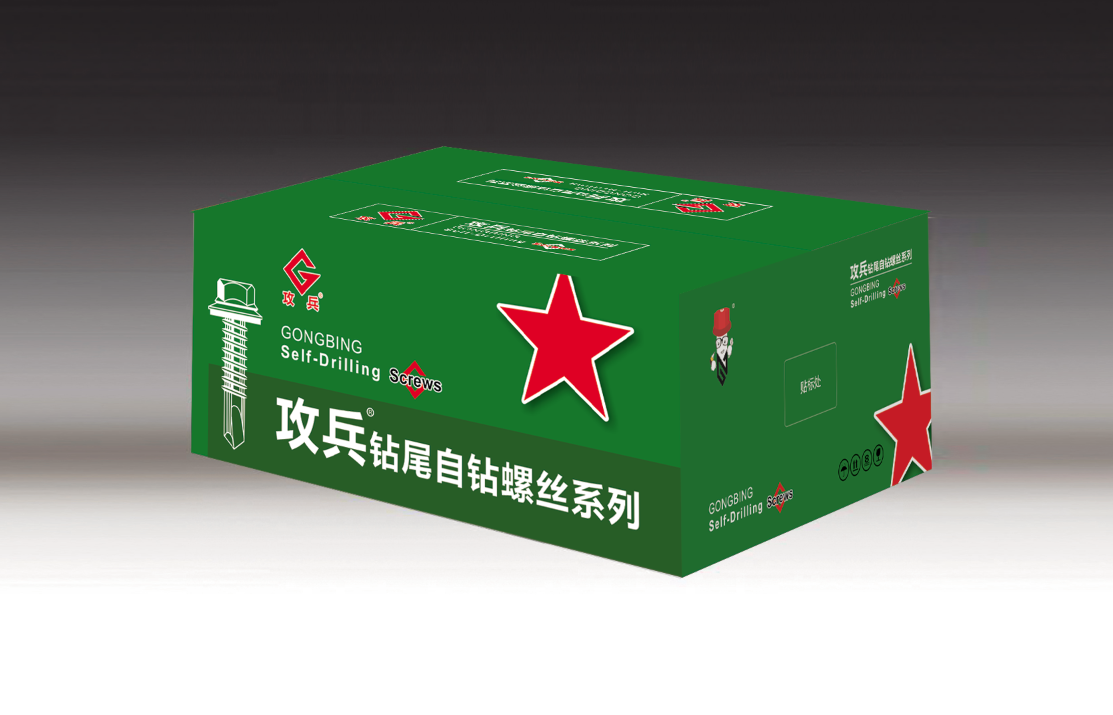Screw Selection for Chipboard Applications and Installation Techniques
Exploring the Versatility of Screw Chipboard A Comprehensive Guide
In the realm of woodworking and furniture construction, chipboard, also known as particle board, has earned a significant place due to its affordability and adaptability. Among the many applications of chipboard, using screws to enhance its structural integrity has become a favored technique. This article delves into the qualities of screw chipboard, its uses, benefits, and best practices for achieving optimal results in your projects.
Understanding Chipboard and Its Composition
Chipboard is made from wood chips, sawmill shavings, and other wood residues that are bonded together with a synthetic resin or adhesive under heat and pressure. This manufacturing process results in a material that is lightweight yet dense, making it suitable for a variety of applications, from furniture to flooring. However, one common challenge with chipboard is its susceptibility to wear and tear, especially in high-stress environments. This is where the use of screws becomes paramount.
The Importance of Using Screws with Chipboard
Screws are essential when assembling chipboard products because they provide the necessary strength and stability that other fastening methods, such as nails or glue, may lack. Chipboard can chip or crack easily, particularly at its edges, if subjected to excessive pressure. Properly used screws help to secure joints and prevent this kind of damage.
When screws are employed correctly, they create tighter connections that not only enhance the structural integrity of chipboard constructions but also improve the longevity of the finished product. Additionally, screws allow for easier disassembly, making it convenient for repairs or modifications in the future.
Types of Screws Suitable for Chipboard
When selecting screws for chipboard, there are several types that cater to different needs. Here are a few popular options
1. Chipboard Screws Specifically designed for use with particle board, these screws feature a coarse thread that grips the chipboard effectively, offering superior holding power. They come in various sizes, making it easy to choose one that fits your project.
screw chipboard

2. Wood Screws While traditional wood screws can be used, they generally require pre-drilling to avoid splitting the chipboard. Using screws tailored for chipboard will yield better results.
3. Self-Tapping Screws This type of screw can cut its own thread as it is driven into the material, reducing the risk of splitting the chipboard. Self-tapping screws are particularly beneficial for applications where repeated assembly and disassembly may occur.
Best Practices for Using Screws with Chipboard
To maximize the effectiveness of screws in chipboard applications, it’s crucial to follow best practices
- Pre-Drill Holes In order to prevent splitting, especially near the edges of the chipboard, pre-drilling is recommended. This helps to create a pilot hole for the screws, providing an easier pathway for insertion.
- Choose the Right Length Selecting the correct screw length is vital. Screws that are too long may penetrate through the opposite side, while those that are too short may not provide adequate holding strength.
- Use a Clamping Device When assembling pieces of chipboard, using a clamp can help keep everything aligned and prevent movement during fastening. This ensures that the screws are driven in straight, enhancing the joint's strength.
- Don’t Over-Tighten Over-tightening screws can cause the chipboard to crush around the screw head, leading to a weakened joint. It's essential to tighten screws just enough to secure the components without excessive force.
Conclusion
Screw chipboard is an innovative solution for a wide range of construction and furniture assembly projects. Its versatility and ease of use make it a popular choice among DIY enthusiasts and professional woodworkers alike. By understanding the properties of chipboard, selecting appropriate screws, and implementing the best practices outlined in this article, you can create durable and stable structures that stand the test of time. Whether you are building simple shelves or complex furniture, mastering the art of working with screw chipboard will undoubtedly elevate your woodworking skills.
-
Weatherproof Plastic Expansion Anchors for OutdoorNewsJun.06,2025
-
Sustainability in the Supply Chain: Eco-Friendly TEK Screws ProductionNewsJun.06,2025
-
Load-Bearing Capacity of External Insulation FixingsNewsJun.06,2025
-
Double Head Bolts: Enhancing Efficiency in Industrial MachineryNewsJun.06,2025
-
Corrosion Resistance in Chipboard Screws: Coatings for Wholesale DurabilityNewsJun.06,2025
-
Butterfly Toggle Bolts : Enhancing Structural ResilienceNewsJun.06,2025
